What is Patent Ductus Arteriosus (PDA)?
The Ductus Arteriosus is a small muscular blood vessel that joins the pulmonary artery (main artery to the lungs) to the aorta (main artery to the body). This naturally occurring connection allows blood to be diverted away from the lungs whilst the baby develops in the womb, as the lungs are not needed before birth. The lungs are only used to breathe once the baby has been born. After birth the duct begins to close and is usually completely closed within a couple of days in full term babies. The duct may remain open in premature babies and this is called a Patent Ductus Arteriosus (PDA).
| Procedure Name | Patent Ductus Arteriosus (PDA) |
|---|---|
| Type of Surgery | Major |
| Type of Anesthesia | General/Sedation |
| Procedure Duration | Approximately 2 Hours |
| Recovery Duration | Few weeks to months for complete recovery |
Patent Ductus Arteriosus (PDA): Pre-Op & Post-Op Care
Pre operative Assessment:
The diagnosis of presence of PDA can be confirmed with simple chest Xray in cases of moderate to large PDA cases. Echocardiogram and EKG remains the mainstay of diagnosis of PDA. All general conditions like hematocrit, oxygen levels are closely monitored for hours before the surgery.
During Patent Ductus Arteriosus
- Consents for surgery & anestesia are taken and patient is appropriately prepared for surgery.
- Pulse oximeters are placed to monitor oxygen saturation levels
- IV ports are kept in place by the NICU team
- The standard procedure is done through a small incision on the left side of the chest, avoiding damage to the muscles around the ribs. It is performed between the fourth ribs to access the area
- Surgical ligation or division remains a common method used for PDA closure in pre- mature infants.
- The superior and inferior aspects of the ductus are dissected with care not to injure the PDA, which is very friable, especially in premature infants.
- All structures including the vagus nerve, left recurrent laryngeal nerve, and aortic arch should be readily identified.
- For small babies, a medium or medium-large titanium clip is used to occlude the PDA.
- The clip should be tested outside of the body prior to use since it is not possible to reposition or remove the clip once deployed. It is important to ascertain that the clip is all the way around the ductus
- A chest tube is placed at the discretion of the surgeon, based upon the friability of the lungs and potential for air leak.
- In older patients, the PDA may be circumferentially dissected and either controlled with a silk ligature or divided between polypropelene ligatures
After PDA Closure Surgery
- Routine Post-Operative Care for post-op cardiac/surgical management
- Optimise pain management and sedation
- Check for endotracheal tube position by repeating chest Xray.
- Antibiotics for risk of sepsis.
- Fluid and Feeding Monitor for hemodynamic shift from high output state to relatively lower output state.
- Close monitoring of circulation Circulation (helps early recognition of hypotension/hypertension)
Recovery & Follow-Up after PDA Surgery:
Follow-Up Ultrasound of vocal cord before discharge in all to screen for vocal cord palsy If clinical concerns of symptomatic vocal cord palsy such as stridor, bedside oxygen desaturation, feeding concerns and additional referral for ENT for review.
Benefits of Patent Ductus Arteriosus (PDA) at Yashoda Hospitals
- PDA closure ensures proper blood circulation
- Helps alleviate symptoms like breathlessness
- PDA closure supports normal growth & heart and lung function.
- Minimizes the chances of serious infections like endocarditis
- Ensuring faster recovery and reduced discomfort.
Complications of patent ductus arteriosus
- Postoperative hypotension
- Post PDA ligation syndrome (PLCS)
- Vocal cord palsy
- Pneumothorax
- Hemorrhage
- Infection
- Tears in the ductus arteriosus or the aorta
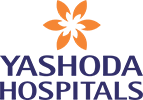



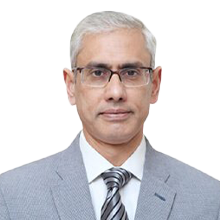
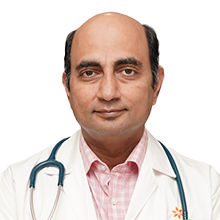

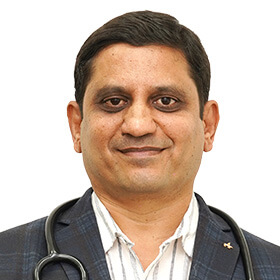


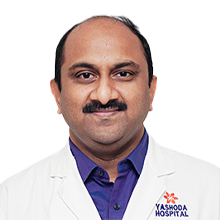

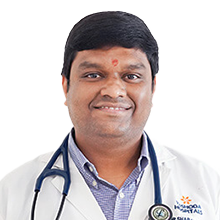
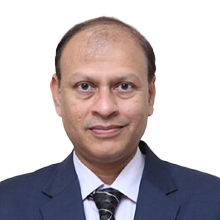


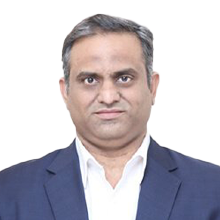
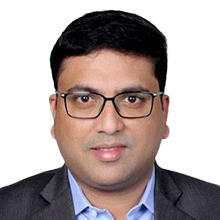
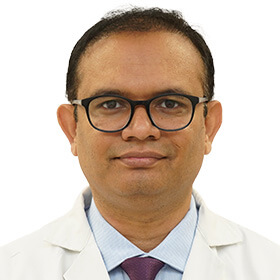
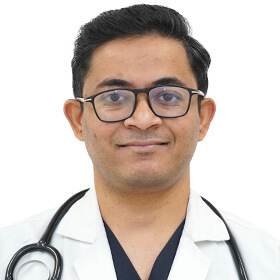
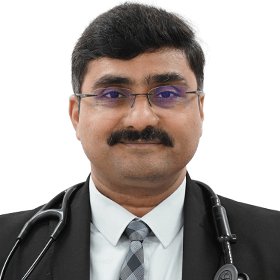




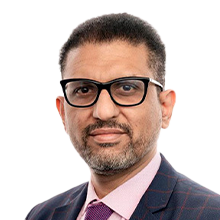


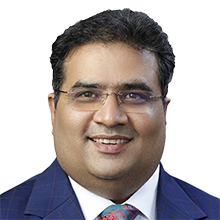





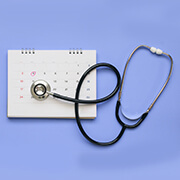







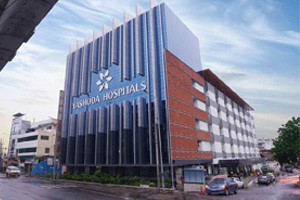
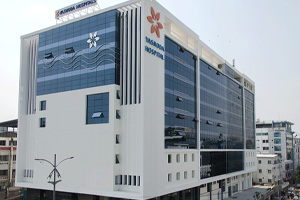
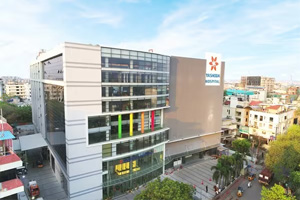
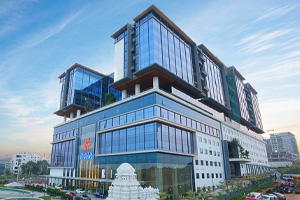
 Appointment
Appointment WhatsApp
WhatsApp Call
Call More
More